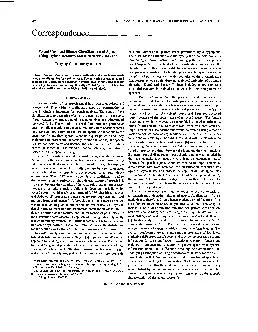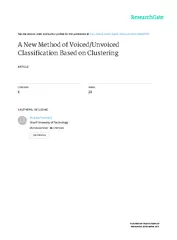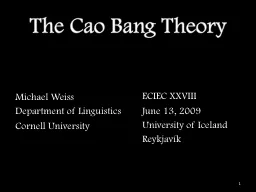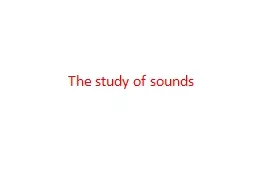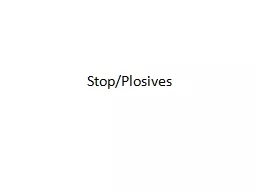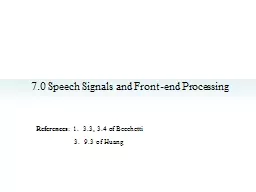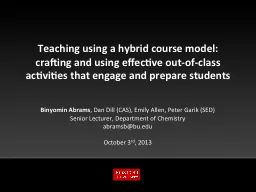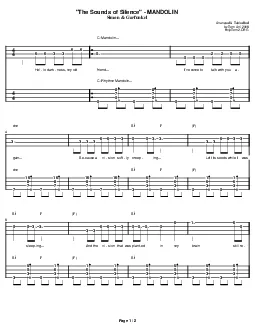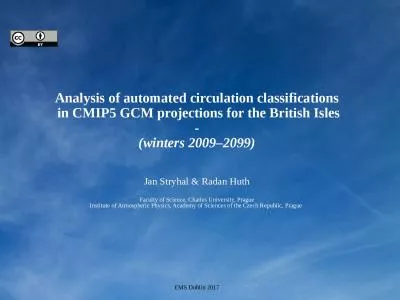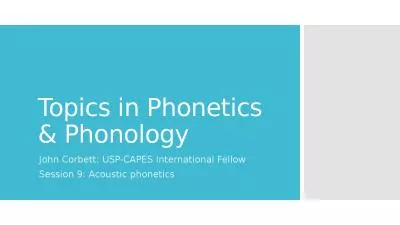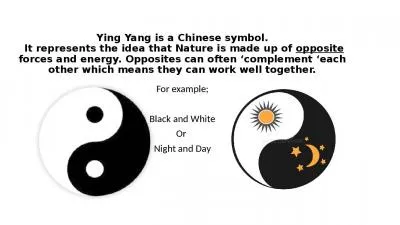PDF-Voiced-Unvoiced-Silence Classifications Using Hybrid Features and Ying
Author : faustina-dinatale | Published Date : 2015-11-29
TRANSACTIONS ON AUDIO PROCESSING VOL classification processes principle function more similarly the non method than to the parametric method because feature space
Presentation Embed Code
Download Presentation
Download Presentation The PPT/PDF document "Voiced-Unvoiced-Silence Classifications ..." is the property of its rightful owner. Permission is granted to download and print the materials on this website for personal, non-commercial use only, and to display it on your personal computer provided you do not modify the materials and that you retain all copyright notices contained in the materials. By downloading content from our website, you accept the terms of this agreement.
Voiced-Unvoiced-Silence Classifications Using Hybrid Features and Ying: Transcript
Download Rules Of Document
"Voiced-Unvoiced-Silence Classifications Using Hybrid Features and Ying"The content belongs to its owner. You may download and print it for personal use, without modification, and keep all copyright notices. By downloading, you agree to these terms.
Related Documents

